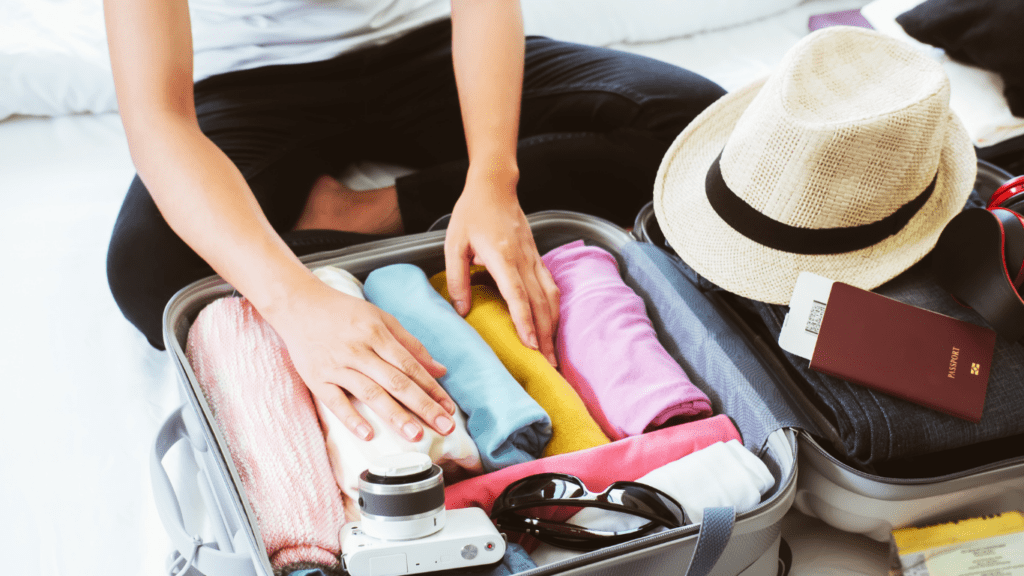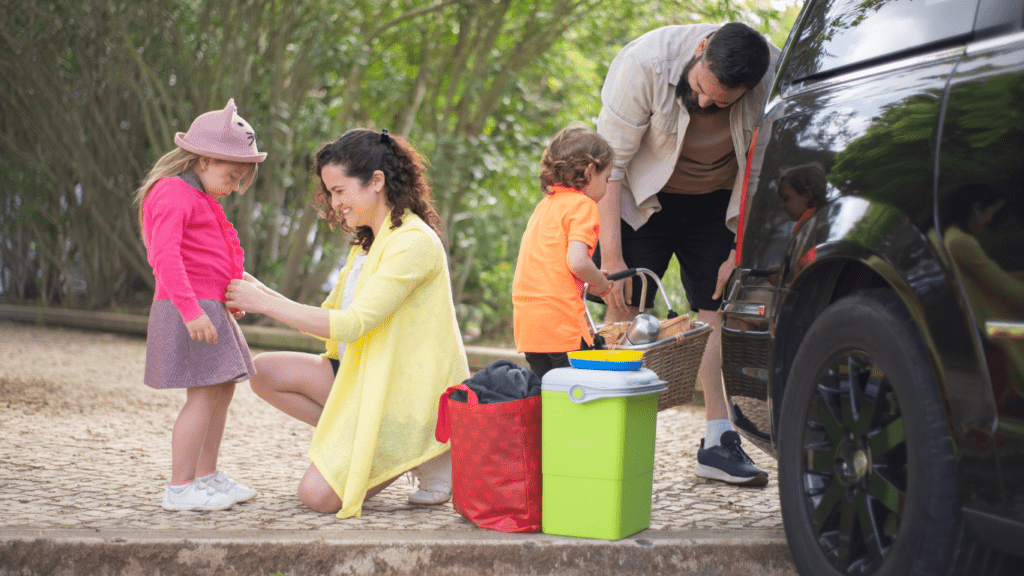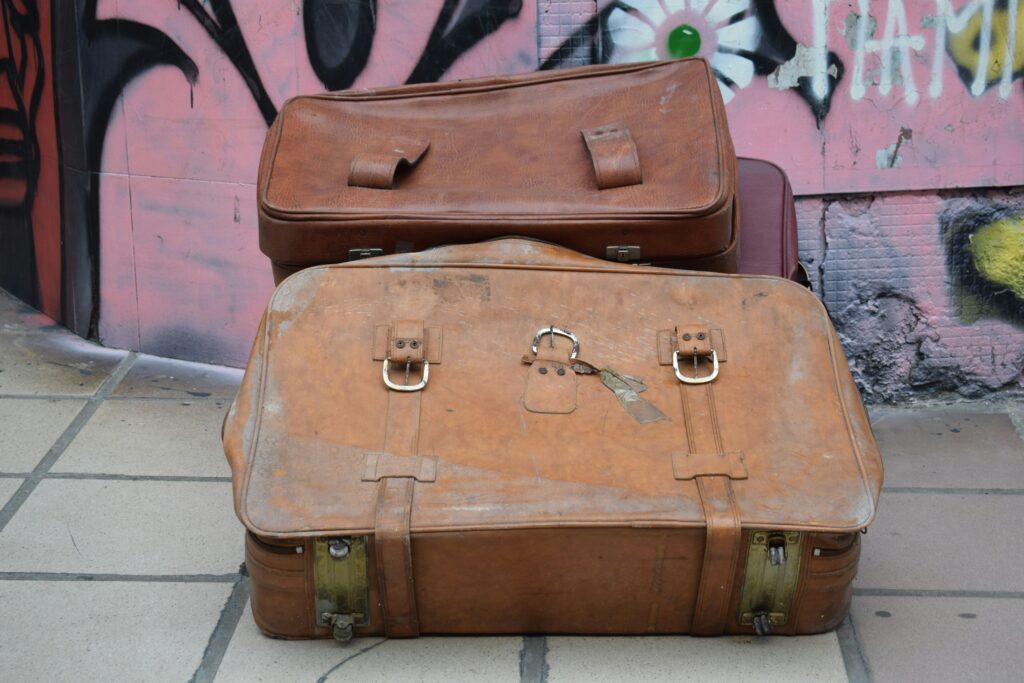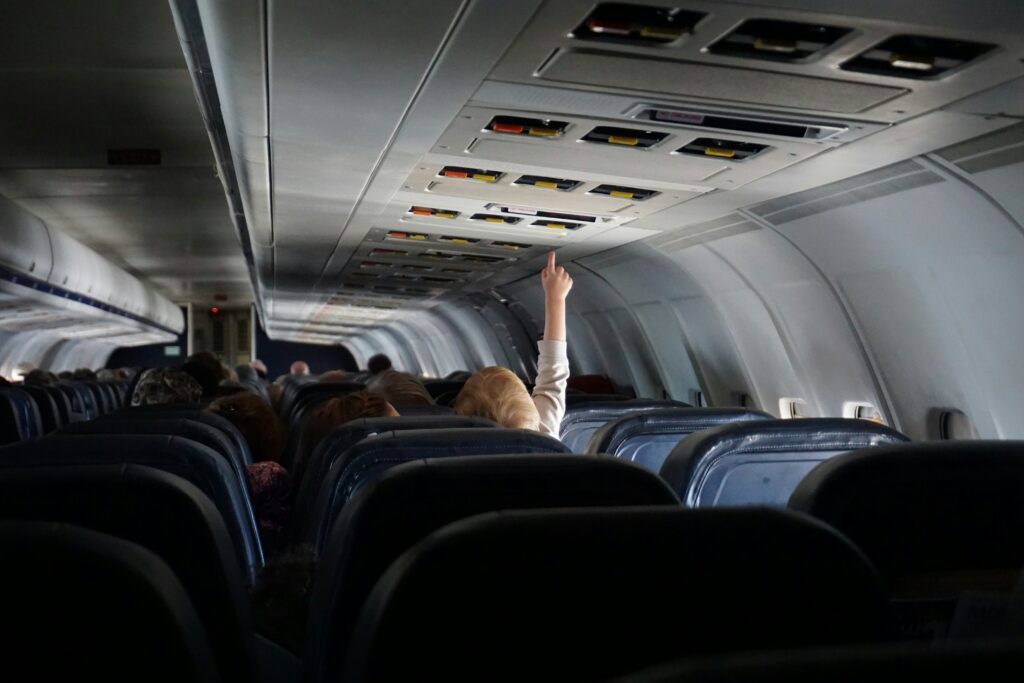Understanding the Basics of Efficient Packing
To pack efficiently for a family trip, understand key principles. These basics guide the entire packing process, ensuring a smooth and organized experience.
Factors to Consider Before Packing
Consider trip duration, destination, and weather. Each factor, such as a 7-day beach trip or a weekend mountain getaway, dictates different packing needs. Assess the availability of laundry facilities if the trip lasts over a week.
Pack lightweight clothing for warm climates, ensuring versatility. For colder destinations, prioritize layering for warmth.
Essentials Versus Non-Essentials
Identify essentials like medications, identification, and weather-appropriate clothing.
- Essentials also include toiletries, chargers, and travel documents.
- Limit non-essentials to reduce clutter, such as extra accessories or multiple pairs of shoes.
- Prioritize items used daily or unique to the trip’s activities.
If in doubt, leave non-essential items at home to streamline packing.
Strategies for Packing Clothes
Efficiently packing clothes saves space and reduces stress. Consider these methods to keep things organized.
Using Packing Cubes
Packing cubes compartmentalize clothes, making them easy to find and access. I use different cubes for each family member to stay organized. They also compress clothes, creating more suitcase room. Choose cubes with mesh tops for visibility and ventilation. Label each cube for added convenience.
Rolling Versus Folding Techniques
Rolling clothes minimizes wrinkles and maximizes suitcase space. I roll lightweight items like shirts and casual dresses. For thicker items like jeans or sweaters, I prefer folding. Mixing both techniques optimizes packing efficiency. Keep rolled items in packing cubes for better organization.
Organizing Travel Documents and Essentials

Efficient organization of travel documents and essentials can streamline a family trip. Keep the following tips in mind to avoid last-minute hassles.
Keeping Important Documents Accessible
Place all essential documents, such as passports, IDs, and travel insurance, in a dedicated travel wallet. Ensure this wallet resides in an easily accessible part of your carry-on bag.
By doing so, rapid retrieval becomes possible during security checks and other instances. Make copies of these documents and store them separately as a backup.
Packing for Different Age Groups
Accommodate the needs of each family member by categorizing essentials based on age groups. For infants and toddlers, pack enough diapers, wipes, and baby food in a separate compartment or bag.
Older children might need items like snacks, entertainment devices, and any required medications in an easily accessible part of the carry-on. Teenagers and adults can share a general essentials bag equipped with toiletries, chargers, and personal items.
By packing strategically, you’ll ensure each family member’s needs are met efficiently.
Managing Electronics and Entertainment
Ensuring electronics and entertainment are well-managed makes family trips smoother and more enjoyable. Specific strategies help in organizing gadgets and keeping everyone entertained throughout the journey.
Choosing Travel-Friendly Gadgets
Select compact and multi-functional gadgets for efficient packing. Tablets serve as excellent choices, offering various apps for entertainment, reading, and navigation. Noise-canceling headphones are essential, reducing background noise during travel.
Universal chargers and power banks ensure devices remain charged without carrying multiple cables. E-readers, instead of physical books, save space and offer a vast choice of reading material.
Keeping Kids Entertained on the Road
Plan entertainment to keep kids engaged during travel. Load tablets with favorite movies, educational games, and audiobooks. Consider travel-friendly board games and activity books for screen-free fun.
Portable DVD players provide an alternative if kids prefer watching DVDs. Snacks and small toys are useful for shorter bouts of engagement. Finally, frequent breaks during long drives help kids stretch and relax, improving overall travel experience.
Tips for Last-Minute Packing
Even with the best planning, last-minute packing happens. Having a few strategies in place can reduce stress and ensure nothing important gets left behind.
Checklist for the Day Before Departure
A checklist helps keep things on track. The day before departure, I prioritize:
- Travel Documents: Ensure passports, IDs, and tickets are ready.
- Toiletries: Pack essentials like toothbrushes, toothpaste, and personal hygiene items.
- Clothes: Confirm all required clothing items are packed according to the weather forecast.
- Medications: Include prescribed meds and a basic first-aid kit.
- Electronics: Charge devices and pack chargers.
Avoiding Common Packing Mistakes
Certain mistakes can disrupt the packing process:
- Overpacking: Stick to necessary items to avoid extra luggage weight.
- Ignoring Weather Reports: Check forecasts to pack appropriate clothing.
- Forgetting Essentials: Use the checklist to ensure nothing gets missed.
- Neglecting to Charge Devices: Fully charge all electronics the night before.
- Skipping the Final Bag Check: Reinspect bags before leaving to catch overlooked items.
Efficient last-minute packing simplifies the travel experience and keeps the trip stress-free.

 Cynthian Holleyori is a skilled article writer who has been integral to the development of Toddler Health Roll. Her deep understanding of child health and development is evident in her well-researched and practical articles, which provide parents with essential guidance on raising healthy toddlers. Cynthian's contributions have significantly shaped the platform, ensuring that it addresses the most pressing concerns of parents and caregivers.
Beyond her expertise in toddler health and nutrition, Cynthian also delves into the mental and emotional well-being of young children. She offers valuable parenting strategies that help families foster a nurturing and supportive environment for their toddlers. Her dedication to building Toddler Health Roll has made it a trusted and comprehensive resource for parents committed to their children's growth and happiness.
Cynthian Holleyori is a skilled article writer who has been integral to the development of Toddler Health Roll. Her deep understanding of child health and development is evident in her well-researched and practical articles, which provide parents with essential guidance on raising healthy toddlers. Cynthian's contributions have significantly shaped the platform, ensuring that it addresses the most pressing concerns of parents and caregivers.
Beyond her expertise in toddler health and nutrition, Cynthian also delves into the mental and emotional well-being of young children. She offers valuable parenting strategies that help families foster a nurturing and supportive environment for their toddlers. Her dedication to building Toddler Health Roll has made it a trusted and comprehensive resource for parents committed to their children's growth and happiness.
